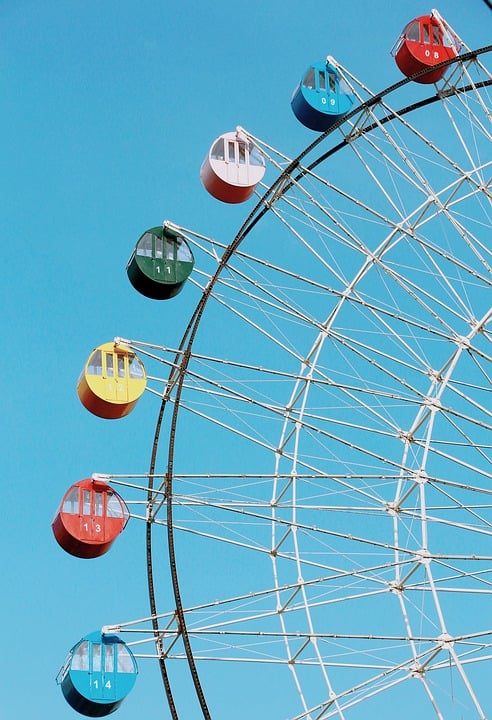Imagine living in a world where superstitions ruled daily life, where every action was clouded with fear of the unknown. The medieval world was a time of mysticism, folklore, and beliefs that shaped the course of history. In this article, we will delve into the fascinating world of medieval superstitions, exploring their origins, impact, and legacy that still resonates today.
Historical Context
The medieval period, spanning from the 5th to the 15th century, was a time of great religious fervor and societal upheaval. The Christian Church played a central role in shaping beliefs and practices, often intertwining with pagan customs and traditions. Superstitions flourished in this environment, with people seeking protection from the unknown forces that governed their lives.
Common superstitions in the medieval world included beliefs in witches, demons, and magical talismans. Rituals and practices were performed to ward off evil spirits, ensure good luck, or divine the future. The fear of the supernatural permeated every aspect of life, from childbirth to building houses, and even determining the outcome of wars.
Current State
While many of the superstitions of the medieval world have faded into obscurity, some still persist in modern times. The belief in lucky charms, the fear of black cats or broken mirrors, and the practice of knocking on wood are all remnants of medieval superstitions that have endured through the centuries.
In some cultures, superstitions are still prevalent, influencing daily decisions and rituals. For example, in parts of Europe, the belief in the evil eye remains strong, leading people to wear protective amulets or perform rituals to ward off bad luck. Superstitions also continue to impact popular culture, with books, movies, and television shows drawing on these age-old beliefs to create tension and suspense.
Future Predictions
As society becomes more secular and scientific, the influence of superstitions may continue to wane. However, the human desire for control over the unpredictable forces of life will always be present, leading to the persistence of some superstitions in the future.
In an increasingly globalized world, superstitions from different cultures may intersect and merge, creating new beliefs and practices that reflect our interconnected world. As technology advances, new superstitions may emerge around AI, robotics, and virtual reality, as people grapple with the unknown implications of these innovations.
Conclusion
In conclusion, the superstitions of the medieval world offer a fascinating glimpse into the fears and beliefs of our ancestors. While many of these customs have faded with time, some still hold sway over our modern lives. By understanding the origins and impact of these superstitions, we can gain insight into the human psyche and the ways in which we seek to control our fate.
Thank you for joining us on this journey through the world of medieval superstitions. We encourage you to explore further resources on this topic to deepen your understanding and appreciation of this rich and complex aspect of human culture. Remember, knowledge is power, and by uncovering the mysteries of the past, we can better navigate the uncertainties of the future.
